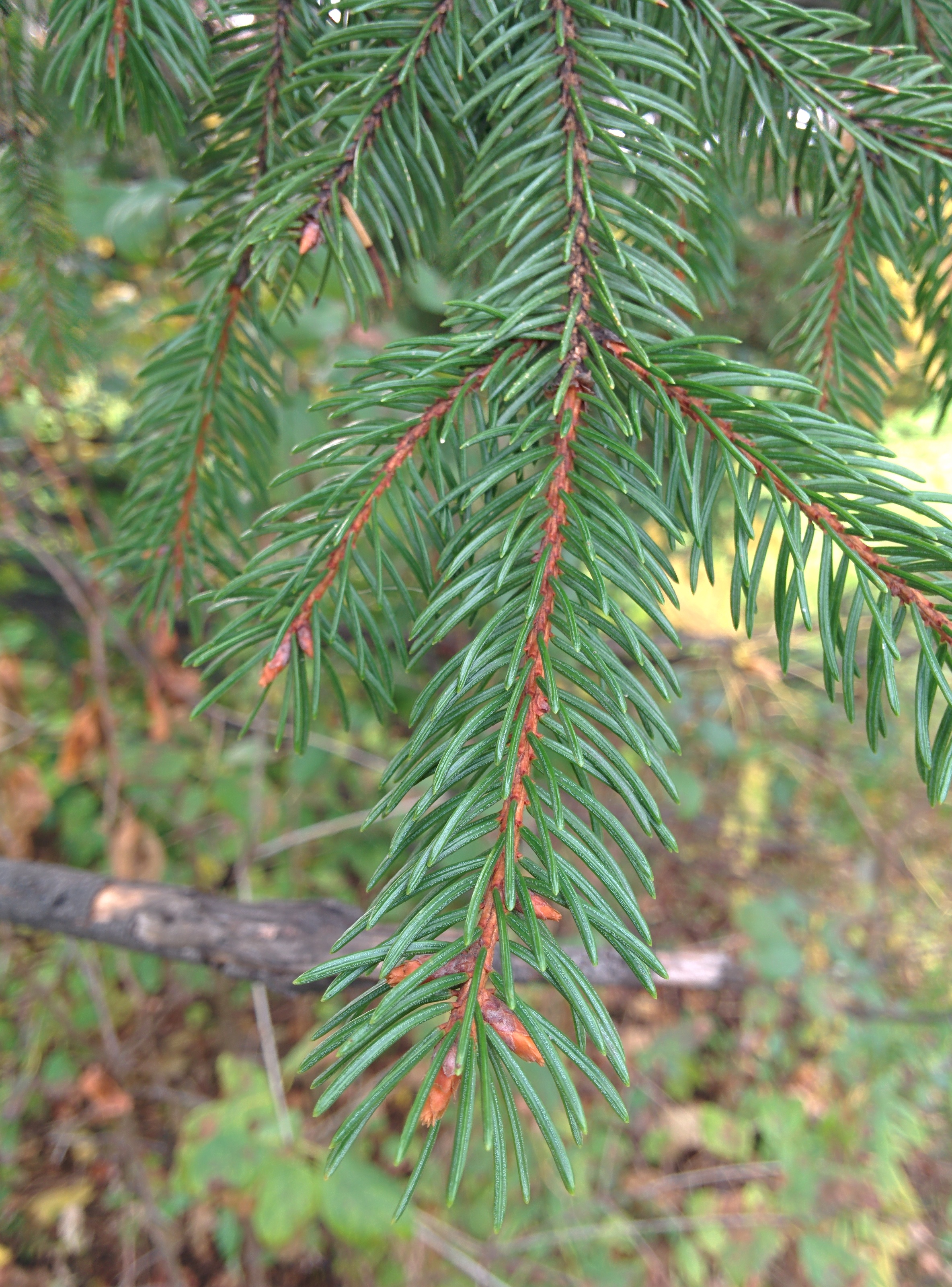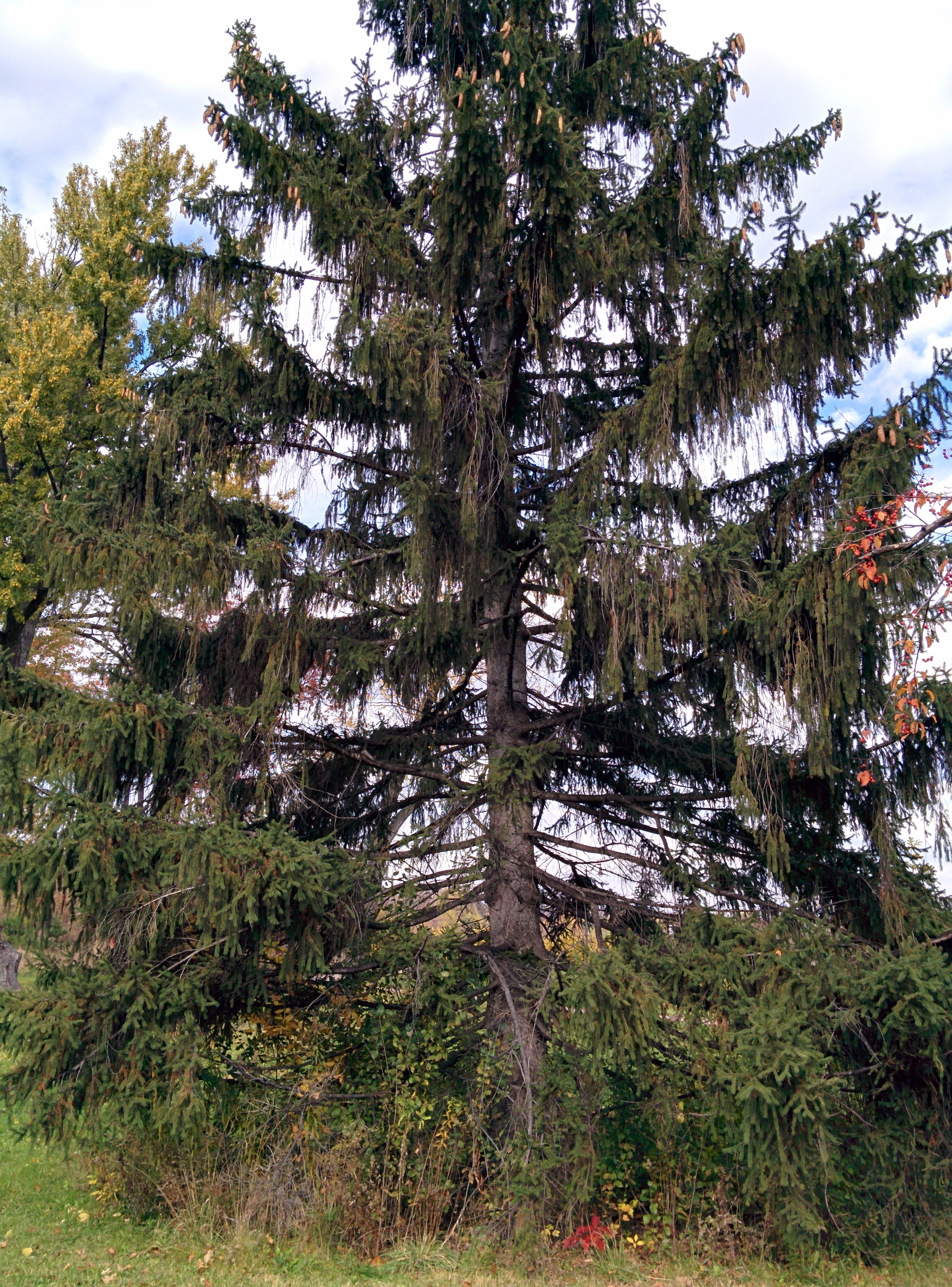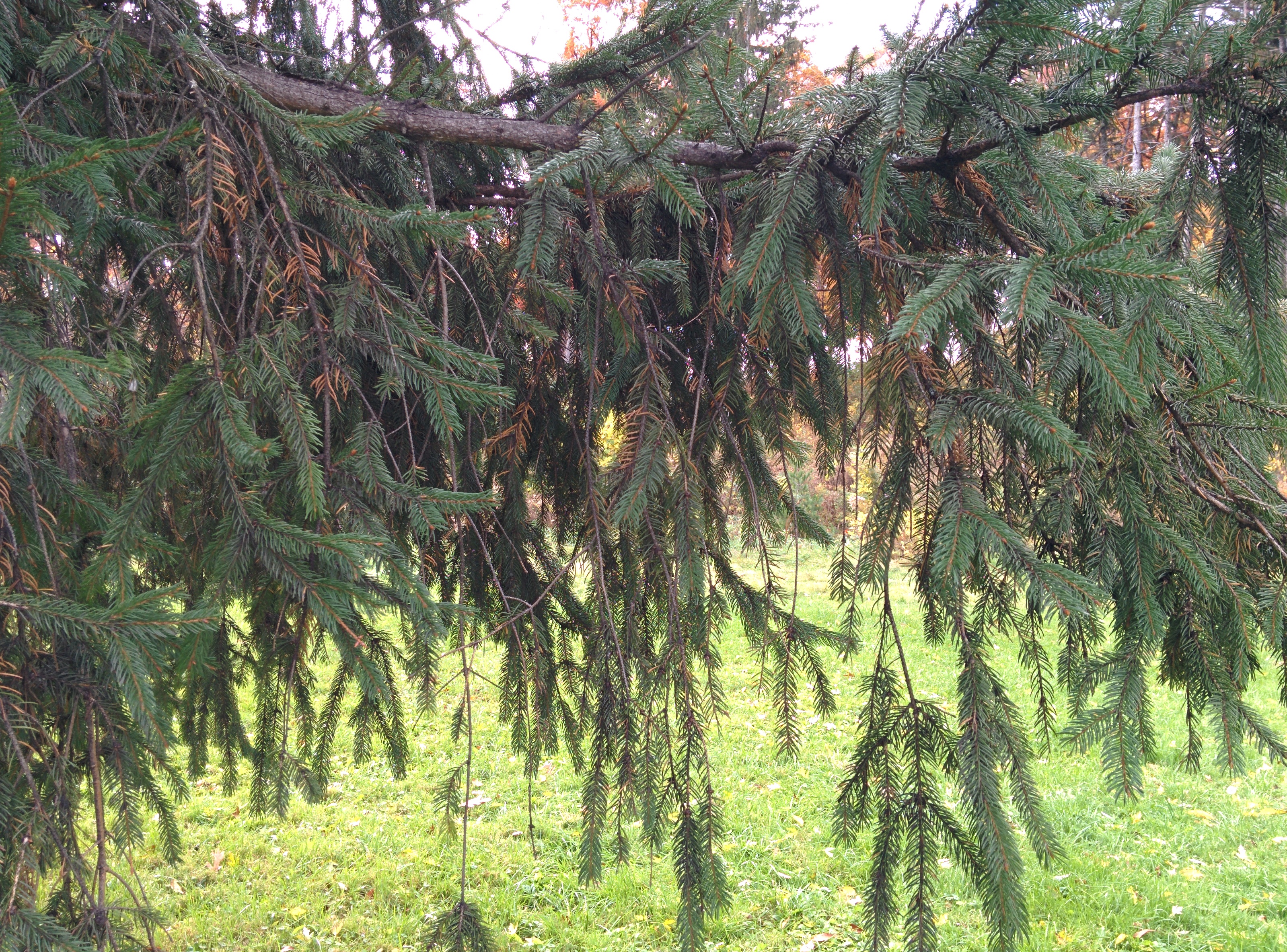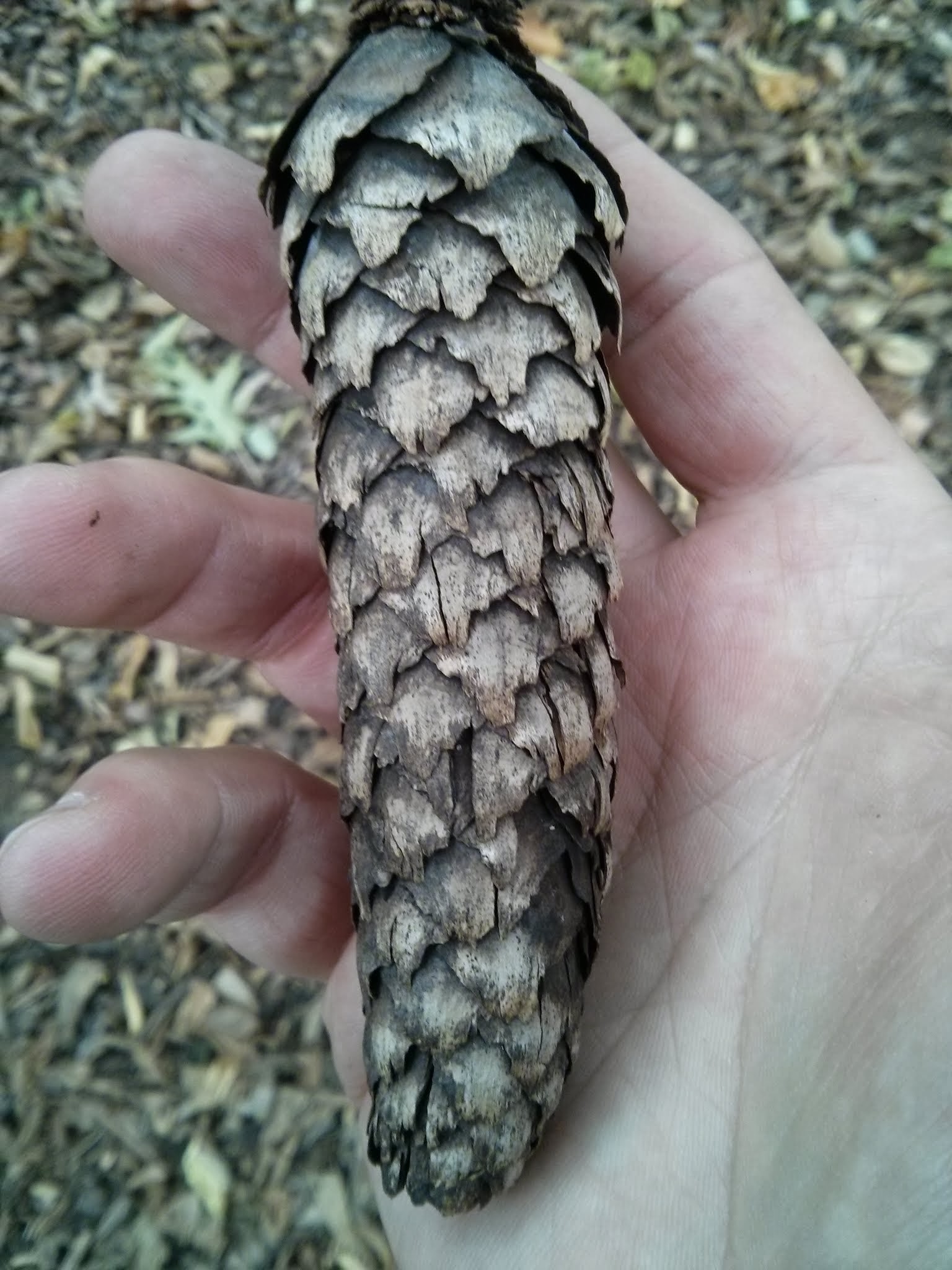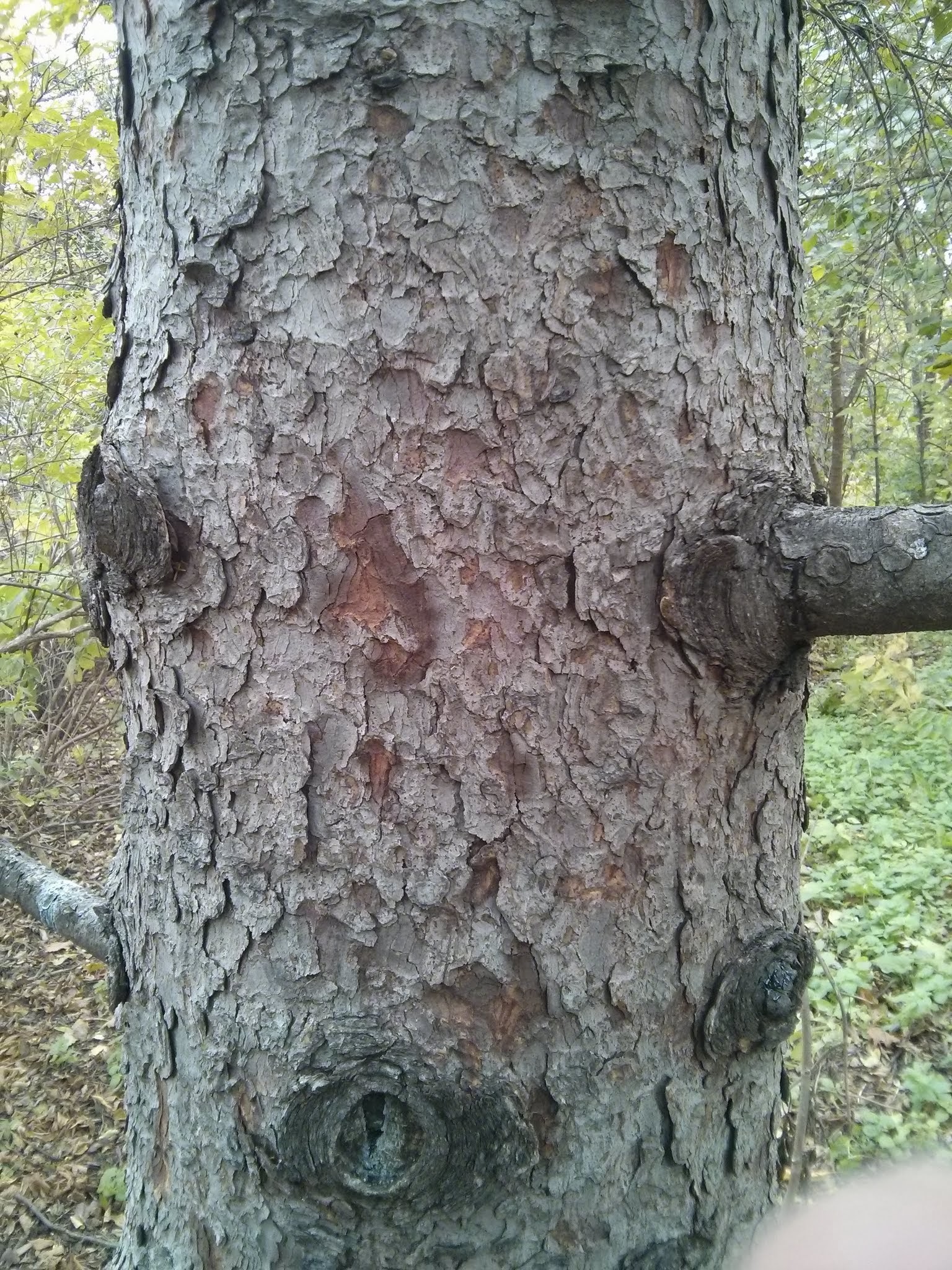Common Name: Norway spruce
Scientific Name:
Family: Pinaceae
Genus: Picea
Species: abies
Hardiness Zone: 2 to 7
Height: 40 to 60 ft
Width: 25 to 30 ft
Common characteristics:
The Norway Spruce is a medium-sized conifer, it can reach heights of 40' to 60' tall and 25' to 30' wide. The bark of a young tree is thin and thickens into gray-brown flaky scales with maturity. It has four-sided needles that are about 1 inch long. The needles are smooth and stiff with a pointed tip. It has small flowers on male and female trees. Male flowers are pinkish-red and clustered along the stems. The female flowers are reddish-pink and upright. Once pollinated, the flowers turn green and hang downward as cones ripen. Cones are cylindrical, they are 4 to 6 inches long, purplish-green changing to light brown as they ripen.
Where it grows:
This spruce prefers to be grown in average, acidic, well-drained soils in full sun. Performs well in rich sandy soils. Prefers cool summer climates. Established plants have some tolerance for dryish soils. Norway spruce is slightly tolerant of salt spray.
How it’s used:
Like most spruce trees the Norway spruce prefers a cooler climate. This species will grow faster than some of the other spruce, but it is not as desired as some of the others. It works well as a windbreak or a buffer and has moderate tolerance to urban conditions. It can be a wonderful specimen tree for a yard or park.
Ecosystem services:
This tree will be used by birds, moths, and some small mammals.
Where it is native to:
The native range of the Norway spruce is northern and central Europe.
Known Varieties and Their Traits:
Acrocona Norway spruce (Picea abies 'Acrocona'): This cultivar has a broad-spreading pyramidal form and may top out at 20 feet high. Bright red female cones are produced at the ends of the branches.
Bird’s Nest Norway spruce (Picea abies ‘Nidiformis’ ): This cultivar is much smaller than the species (3 to 6 feet high and wide). It is a dwarf, evergreen shrub with stiff, prickly, green to bluish-green, ½ inch needles and a neat, dense, compact shape. Outward spreading branches create a slight depression in the center of this flat-topped plant, giving rise to the name, “bird’s nest.” Cones are seldom produced.
Cupressina Norway spruce (Picea abies 'Cupressina'): A narrow cultivar growing 25 to 30 feet high and 6 feet wide; more tolerant of heavy snow loads.
Weeping Norway Spruce (Picea abies 'Pendula' ): A 12 to 15 foot high and wide upright, narrow tree with a weeping habit. Often used as a specimen plant in a mixed border.
Dwarf Norway Spruce (Picea abies ‘Pumila’ ): This dwarf cultivar grows 3 to 4 feet high and 4 to 5 feet wide. This form is more rounded than that of Bird’s Nest Spruce.
Problems:
Disease issues to watch for are cytospora canker, wood decay, needle cast, and rust may occur. Insect pests to watch for include aphids, bagworms, budworms, and borers. Red spider mites can be troublesome.
References:
